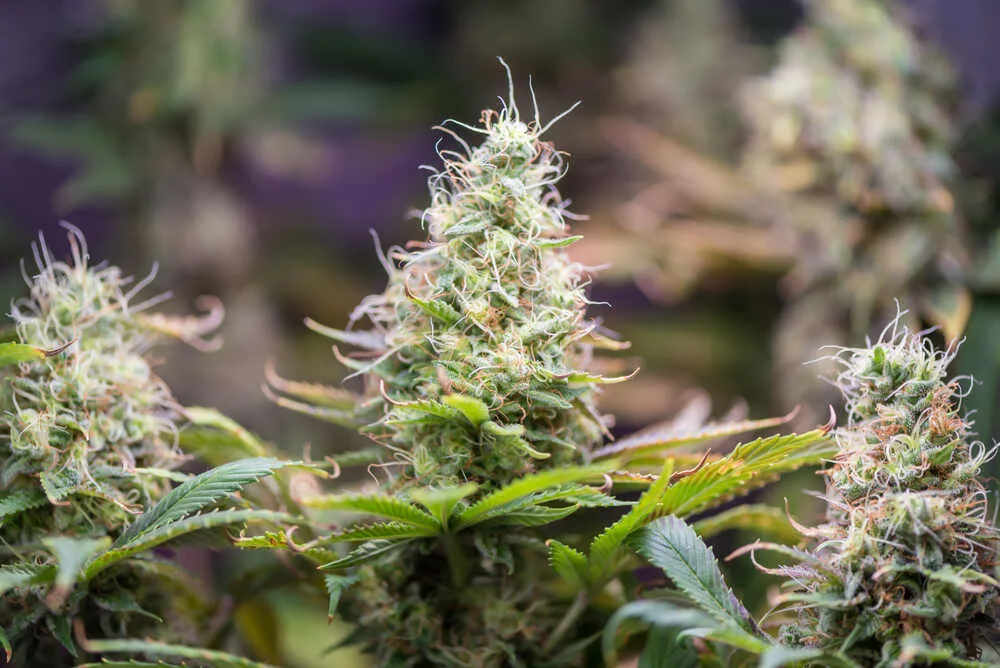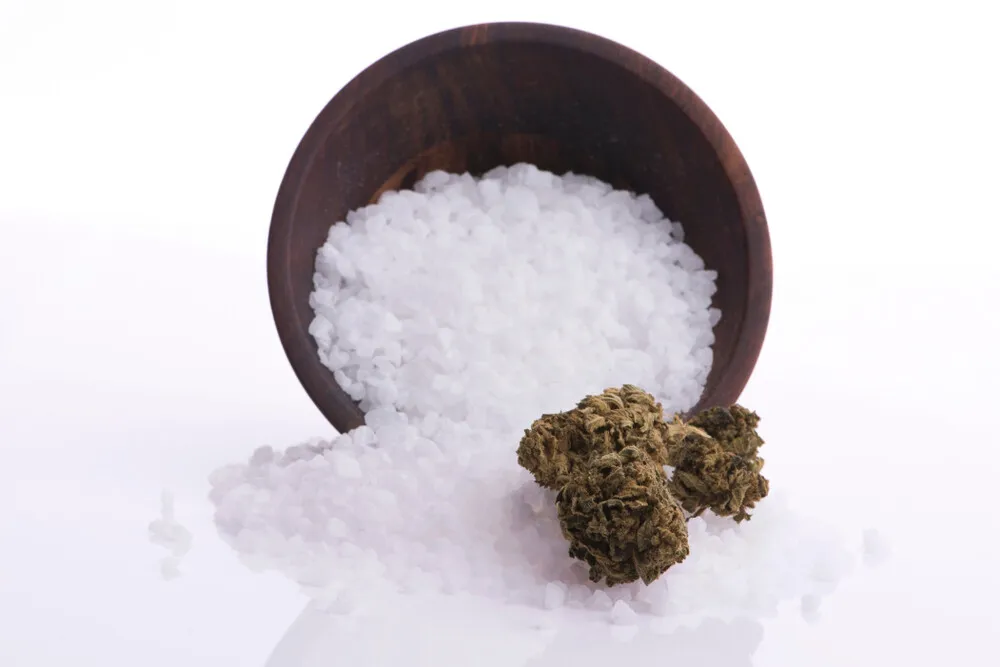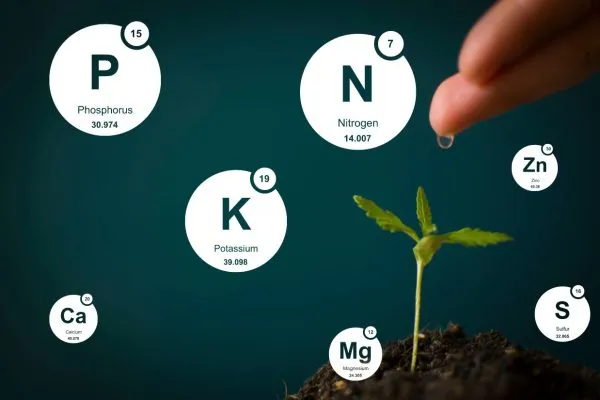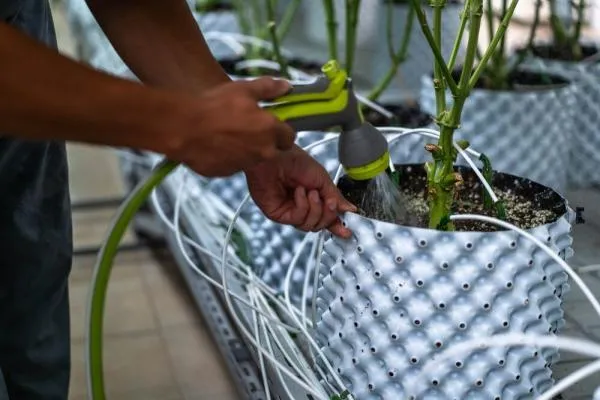So you’ve got your autoflower seeds and you’re all set to get your grow under way. But wait! What’s the deal with nutrients? One of the secrets to increasing autoflower yields lies in the getting the feeding schedule right. Let’s cut to the chase: the best feeding schedule for autoflowers is one that's adaptive, starting with plain water in the seedling phase, and gradually increasing the nutrients as the plant grows. But, how much is too much? When should you scale back? What nutrients are essential? And what kind of soil should you use? Stick around, as this article has got you covered. We’ll walk you through the stages of your plant’s life, the essential nutrients, and smart tips to maximize your harvest. Your autoflowers are hungry for success – let’s feed them right!
What is the best feeding schedule for autoflowers?
Alright, let’s get to the heart of the matter. The ideal feeding schedule for autoflowering plants requires a careful balance. Most store-bought nutrient mixes are formulated for photoperiods, so you'll need to give your autos much less. Here is a guide based on your average store bought nutrients, however, you may need to adjust this slightly depending on the brand you buy.
Here's a breakdown:
- Weeks 1-2: Just plain water. Let the autoflower use the nutrients present in the soil.
- Week 3: Start with 1/8 strength vegetative nutrients.
- Week 4-5: Gradually increase to 1/4 strength veg nutes.
- Weeks 6-7: (flowering stage begins): Shift focus to bloom nutrients giving 1/4, and reduce vegetative nutrients to 1/8 and cutting them completely in week 7.
- Week 8-9: Cut the vegBuild up to 1/2 strength of bloom nutrients.
- Week 10: Start to taper off nutrients and taper down to using plain water.
- Week 11: Use plain water to flush.
How often do you feed Autoflowers?
How often you feed your autoflowers varies during the seedling, vegetative, and flowering stages.
Seedling stage: In the seedling stage, you should be very cautious with nutrients as young plants are sensitive. It’s best to rely on the nutrients already in the soil and for the first 1-2 weeks just give them plain water.
Vegetative stage: During the veg stage, which usually starts in the third week, autoflowers should be fed nutrients more frequently. A light feeding once a week will suffice.
Flowering stage: Transitioning into the flowering stage, around weeks 5-6, the demand for nutrients increases. Feeding 2-3 times a week with a focus on phosphorus and potassium is best.
If you are using store bought nutrients you will notice they have measurements on the package. Please note these will normally be tailored for photoperiod plants so you need cut down the amount by between 1/8 and 1/2 depending on the size of the plant.
Do Autoflowers need a lot of nutrients?
Contrary to what you might think, autoflowers need a lot less nutrients when compared to photoperiod strains. The reason lies in their genetics. Originating from the cannabis ruderalis family, they are accustomed to growing in harsh environments which makes them more efficient in nutrient absorption. They are also much smaller and so require about 1/4 of the nutrients you would give to a photoperiod plant. Different brands contain varying volumes of each nutrient, so to be as accurate as possible you can also use a nutrient calculator to help you work out the perfect amount. Overfeeding will likely lead to nutrient burn, so it's important to give them about no more than half nutrients you'd give to photoperiods and follow the nutrient schedule below.
When should you start to give autoflowers nutrients?
Autoflowers shouldn't be fed nutrients in the first 2 weeks. They are very delicate at this stage and the soil should have enough nutrients to support them initially. Feeding autoflowers too early can result in over-fertilization which can cause nute burn, stunt their growth or, in extreme cases, kill them.
What soil nutrients do Autoflowers need?
For autoflowering cannabis plants to flourish without synthetic nutrients, the soil must be rich in both macro and micronutrients. Here’s a summary of the essentials:
Nitrogen (N): Vital in the vegetative stage for leaf and stem development.
Phosphorus (P): Crucial for root, flower, and seed growth.
Potassium (K): Enhances overall plant health, regulates water uptake and supports photosynthesis.
Calcium (Ca): Aids in cell wall development.
Magnesium (Mg): Central to chlorophyll production, necessary for photosynthesis.
Autoflowers also need trace amounts of micronutrients like iron, manganese, zinc, copper, and molybdenum for enzyme synthesis and nutrient absorption.
For autoflowering plants it's ideal to use nutrient-dense living soil with ingredients such as compost, worm castings, bat guano and bone meal. This ensures a balanced supply of nutrients throughout the plant’s shorter growth cycle. Also, keeping an eye on the soil's pH balance is key to optimize nutrient uptake for autoflowers.
However, autoflowers can also be grown in non-nutrient-dense mediums like hydroponics with clay pebbles. In such cases, they will need a regular supply of synthetic nutrients to compensate for what’s not available in the medium.
Should I use nutrients every time I water?
No, it’s not necessary to use nutrients every time you water your autoflowers. Doing so can lead to over-fertilization, which is harmful to the plants. It’s essential to strike a balance by incorporating nutrients into the watering schedule once a week or once every two weeks. Also, it’s a good practice to alternate between feeding and plain watering. This helps in preventing nutrient build-up and allows the plants to absorb what they need without getting overwhelmed.
What do you feed Autoflowers during flowering?

During the flowering stage, autoflowers need a different set of nutrients compared to the vegetative stage, these are often called bloom nutrients in stores. The demand for phosphorus and potassium increases as these nutrients promote bud development and enhance the taste and smell of your weed.
- Phosphorus (P): Critical for bud formation, phosphorus should be increased during flowering.
- Potassium (K): It helps in the development of dense, potent buds and should also be increased.
Use a nutrient solution with a higher P-K ratio compared to what you used during the vegetative phase. It's also wise to slowly taper off nitrogen, as it’s not as essential in the flowering stage and can deter bud development if present in excess.
What does Epsom salt do for Autoflowers?

Epsom salt is a common name for magnesium sulfate, and it can be beneficial for autoflowering cannabis plants. It primarily provides two essential nutrients:
- Magnesium (Mg): As a core component of chlorophyll, magnesium is vital for photosynthesis. It also helps in the activation of enzymes needed for plant growth.
- Sulfur (S): It is essential for the production of vitamins, amino acids, and proteins in the plants.
Epsom salt is particularly helpful if your autoflowers are showing signs of magnesium deficiency, which can manifest as yellowing leaves. By adding a tablespoon of Epsom salt per gallon of water and using it to water your plants, you can correct magnesium deficiencies and improve overall plant health. However, it’s important to use Epsom salt sparingly to avoid over-fertilization.
Remember, the key to success with autoflower nutrients is moderation and attentive monitoring of your plants. Follow this guide, and you’re on the path to a flourishing autoflower grow. Happy growing!










